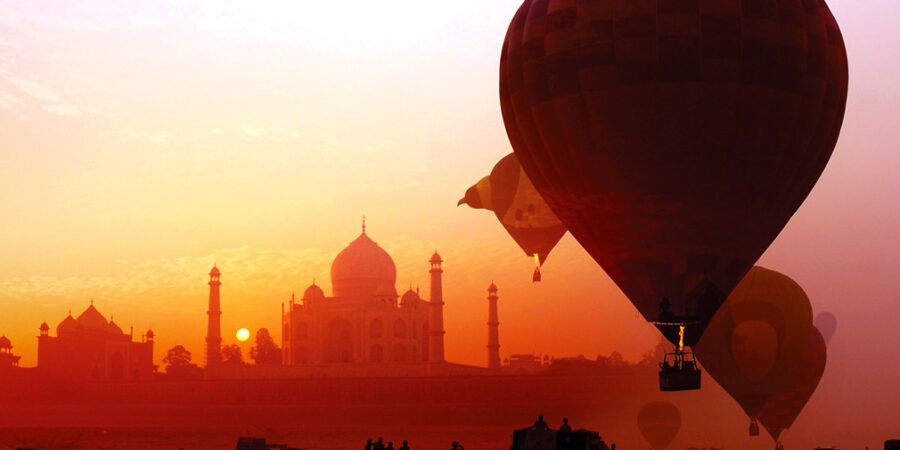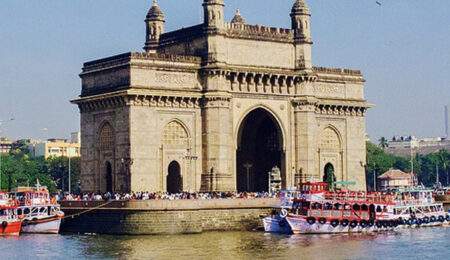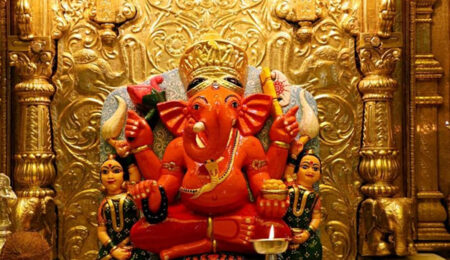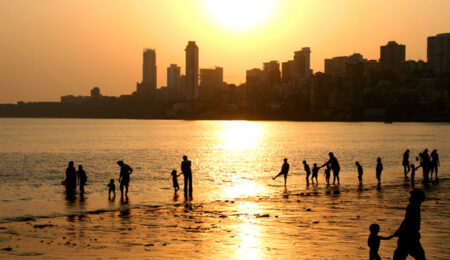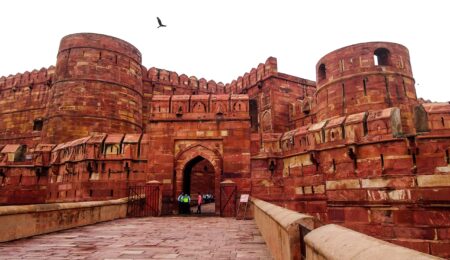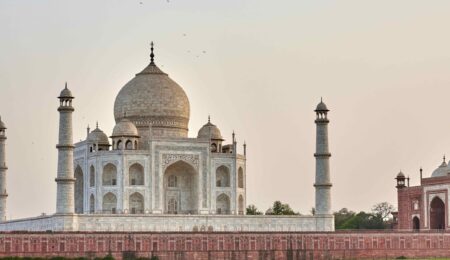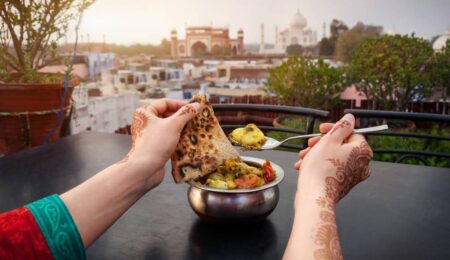It became the capital of the Lodhi’s and later came under the Mughals when Babur defeated Ibrahim Lodhi in 1526 and established the Mughal empire in India. Agra witnessed a frenzy of building activity during the 16th and 17th centuries, under the reigns of Akbar. his son Jehangir and grand-son Shah Jahan. Magnificent forts, palaces, gardens, and mausoleums were built, of these the Taj Mahal, the Agra Fort and Akbar’s abandoned capital of Fatehpur Sikri, now feature on the UNESCO’ list of World Heritage Sites The pomp and pageantry of Agra during this time was unrivaled and the city metamorphosed into one of the great centers of art, culture, learning, and commerce.
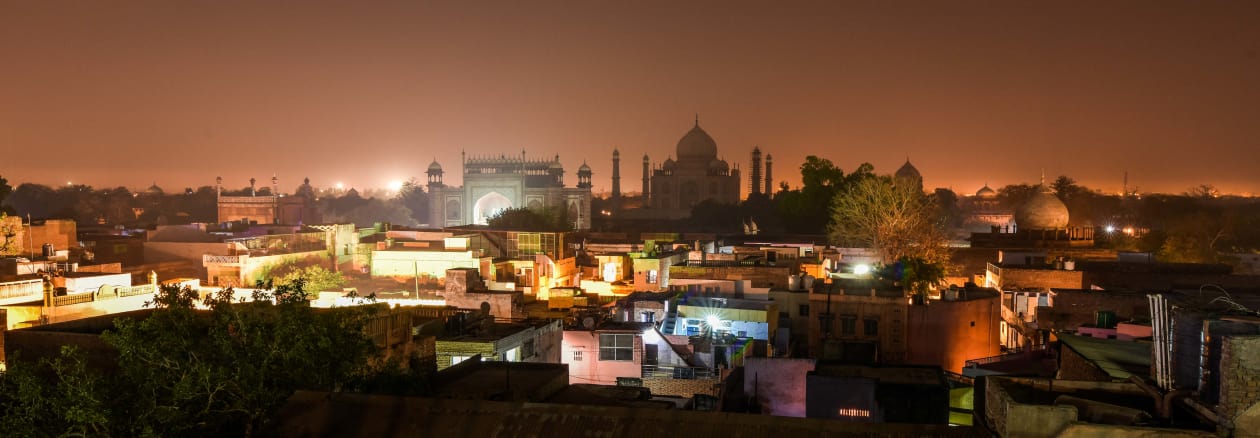
Notable Landmarks
Taj Mahal: Taj, the icon of India was built by emperor Shah Jahan for his beloved wife Arjumand Bano Begum, popularly known as Mumtaz Mahal, who died in 1630. This sheer poetry in marble considered by many as the eighth wonder of the medieval world: is indeed the most extravagant monument ever made for love. Rabindranath Tagore called ta “teardrop glistening on the cheek of time’.A garden laid by Raja Man Singh of Amber, on the banks, the river Yamuna was chosen as the site for building the Taj. Its construction started in 1632 and about 20,000 workers toiled for seventeen years to complete the enchanting mausoleum. This image of the Islamic garden of paradise is said to have cost nearly 41 million rupees and 500 kgs. of gold. A township for the workers was built near the site and was named after the deceased empress-Muntazabad now known as Taj Ganj. Unlike other tombs, the Taj is set on one side of the well laid out gardens measuring 300 x 300 meters, in the form of a quadrangular Charbagh style, with its square lawns separated by pathways, watercourses emanating from the central raised square poo and rows of fountains. It is set on a 6 meters high marble plinth with four minarets at each corner of the plinth, rising to a height of 41.6 meters and crowned by a chatri. The minarets are deliberately angled at 88 degrees outwards so that during any calamity like an earthquake, the minarets would fall away from the tomb. The plinth is set on a sandstone platform and is flanked by two identical structures at the far end. The structure to the left is a mosque and its jawab or echo on the other side.
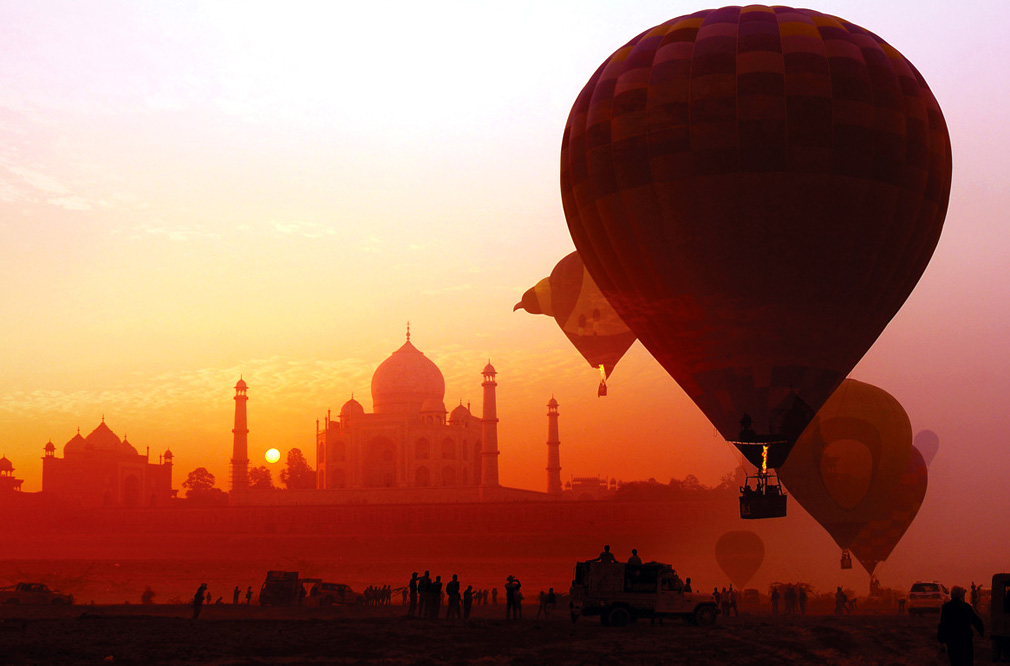
The central bulbous dome of the taj rising to a height of 44.41 meters rests on an extraordinary high drum, with four chatris on the corners. Within the mausoleum are a lofty octagonal central hall and four smaller octagonal halls around it. Just below the dome, in the center of the man hall is the cenotaph of Mumtaz Mahal and to its left is the cenotaph of Shah Jahan. An ornately carved marble screen inscribed with verses from the holy Koran surrounds the cenotaphs. Both tombs are exquisitely inlaid with semi-precious stones. The real tombs tie in the crypt below the central hall and are not for public viewing. The splendid acoustics of the structure are also noteworthy. The Taj is worth more than a single visit as its sublime beauty varies with seasons and of different time of the day. At sunrise, the marble acquires a delicate pinkish touch, while in the afternoon it glows in majestic white and in the evenings the color turns to a soft pearly grey. On full moon nights, the glory of the majestic structure is at its best under the soft and subdued moonlight. Mehtab Bagh or the“moonlit garden”: It was built by Shah Jahan on the left bank of Yamuna opposite to the Taj. The Horticulture wing of Archaeological Survey of India has developed a Mughal garden ofCharbagh pattern, as revealed from the excavations here. A fine view of the Taj can be enjoyed from here.
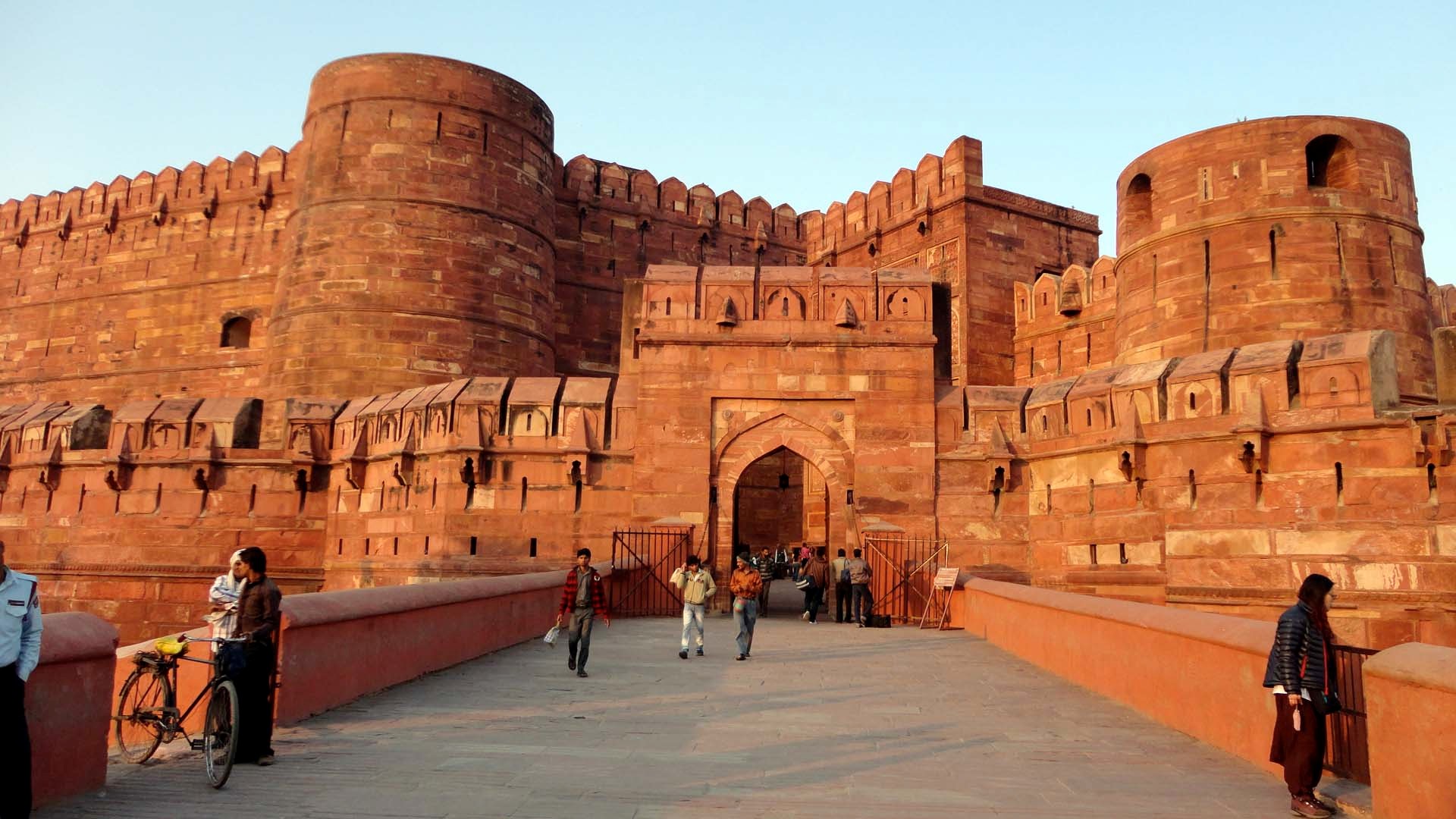
Agra Fort: This mighty Mughal citadel overlooking river Yamuna was built in red sandstone by Akbar between 1565 and 1573. Several additions were made to this architectural wonder by Jehangir and Shah Jahan The fort has four gates and is enclosed by a double barricaded wall of red sandstone. Some of the excellent buildings within the ramparts of the fort are?Moti Masjid a white marble mosque, Diwan-e-Am. Diwan-t- Khaas, Musamman Burj – where Shahjahan died in 1666, Jahangir’s Palace, Khas Mahal, and Shish Mahal, etc.
Reaching There
Airport- Kheria (9kms.)
Railhead- Well connected.
Road- Agra is a road junction of NH2, NH3 and NH11, it’s at 203 kms. from Delhi and 236 kms. from Jaipur.
|
After Post Contents [Code BL 05] – Full width x 125 px |

